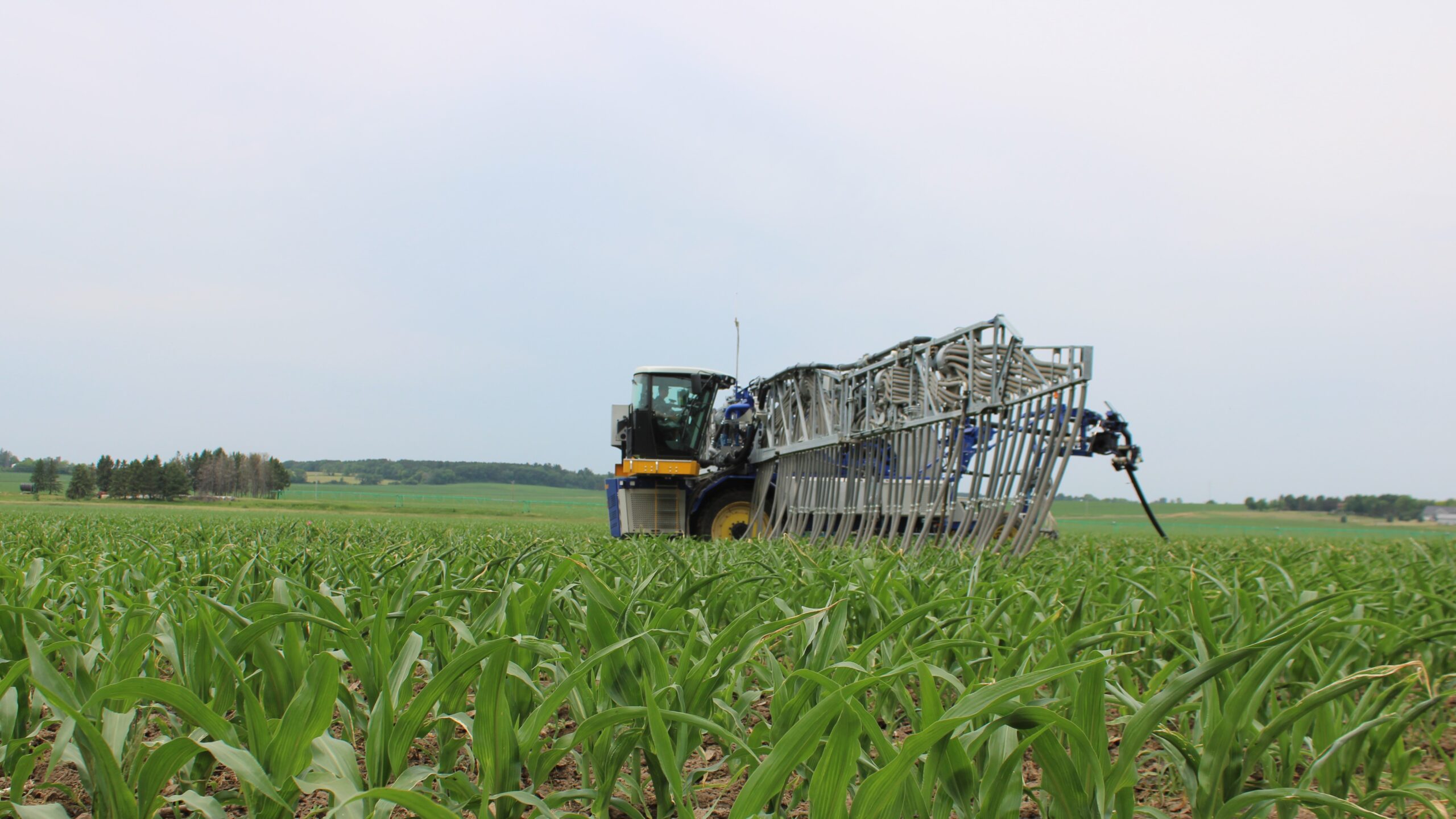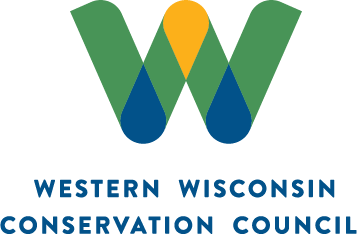
The Western Wisconsin Conservation Council (WWCC) is actively educating farmers on how to create a Nutrient Management Plan (NMP). Thanks to a grant from the Wisconsin Department of Agriculture, Trade and Consumer Protection (DATCP), WWCC offered its first virtual NMP workshop to help members create and implement NMP’s using SnapPlus, Wisconsin’s Nutrient Management Planning software.
The NMP workshop was first implemented in 2021 with five participants. Newly elected board members, Spencer Anderson was one of the five.
When Anderson heard this workshop was 100 percent funded by WWCC and knew about the volatility in fertilizer prices, he felt this would be the perfect time to create his first NMP. He knew by having a plan in place he would be getting the best use of the nutrients and making sure that they stay where they are needed.
“It seemed daunting at first to create an NMP but having help made it easy to understand and put into action,” Anderson said. “It helps to quantify where to put fertilizer or manure and optimize our economic return. This also will help us to improve water quality and minimize runoff.”
The virtual workshop consists of six modules, each a two-hour session. There are three parts to the program including SnapPlus training and soil sampling program training. In the final stage of the workshop, two faculty members go to each farm and help guide the farmers on creating their own NMP. Upon completion of this program, there is an incentive provided to participants.
Andrea Topper, Training and Outreach Conservation Specialist from DATCP, is one of four faculty members that assisted in the training program. She was pleased with how the first year went and excited to see the program continue.
“This workshop is very beneficial to farmers because it puts them in the driver’s seat. For day-to-day operations, they are the one making decisions. Being certified to write their own nutrient management plan, they have more of an opportunity to be on top of their fertility plan,” Topper said. “The SnapPlus program helps farmers identify the UW fertility recommendation for their crops. This information helps them to identify if they were putting out too much or too little fertilizer in the past. Additionally, a nutrient management plan helps them to identify fields that have potential erosion and phosphorus leaching risks. With having the ability to write their own nutrient management plan, farmers can see first-hand which fields are potential problem areas, which fields would be good candidates for manure applications, and if they are meeting their crops need with their current fertility plan.”
With the success of the 2021 workshop, WWCC has decided to offer this workshop again in 2022 for an additional five farms. This is an opportunity to use classroom learning as a building block for farmers to improve soil health and water quality. The deadline to apply for this workshop is April 1. It is open to WWCC members and non-members. More information is posted on the WWCC website: westernwisconservation.org/programs/nutrient-management-planning-workshop/
“I hope more farmers get involved and create their own NMP,” Anderson said. “It gives great perspective on getting fertilizer where it needs to be and only took a few nights, virtually, as well as some soil sampling. It’s well worth any farmer’s time and helps keep our soil and water healthy.”
